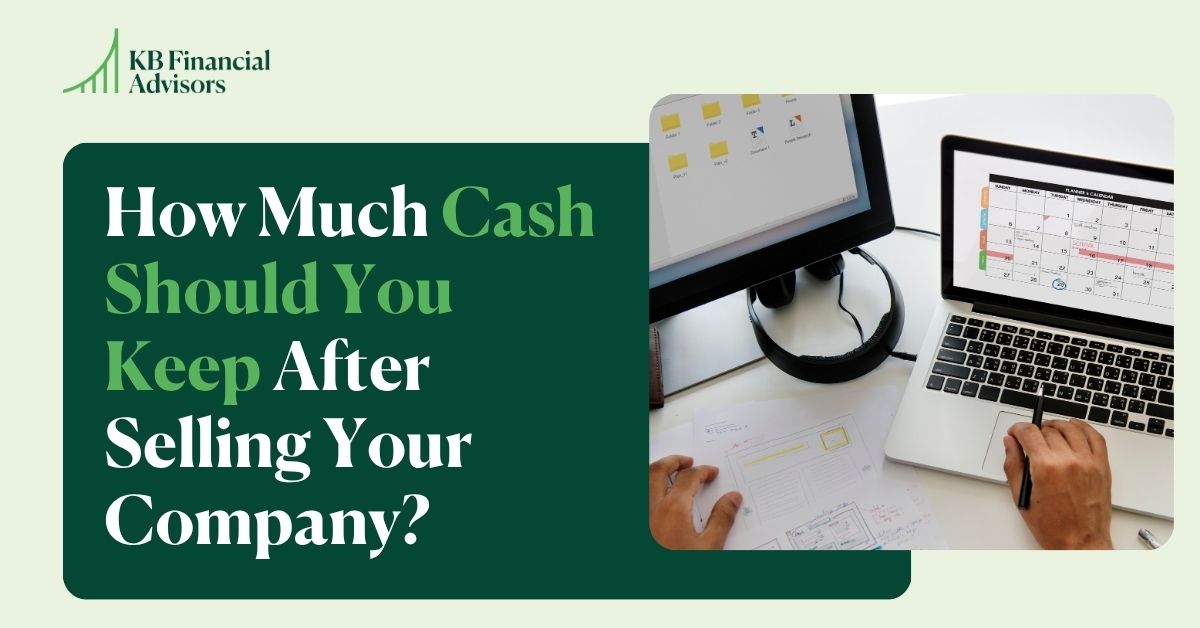Buying a house is one of the biggest decisions of your life. ???? No matter where you live. Selling stock is a great strategy to buy a house with today’s high interest rates.
But, it’s outright daunting. The basic numbers alone make it feel impossible:
In San Francisco, the median home value in 2024 is $1,200,000.
So let’s say, for example, that you follow the standard twenty-percent down payment approach. A $960,000 mortgage over 30 years at almost 7% is a $6,387 mortgage payment. That hurts especially when we think about the low rates of a few years ago.
That’s just $600,000 – $750,000.
So…. what do you do when buying, with a mortgage, is so much more expensive than renting?
Enter: Selling Stock to Buy a House
Fortunately, a lot of tech and startup employees in San Francisco and New York have stock options in their company that add to their net worth.

When their companies go through an IPO, they’ll have a nest egg of wealth to help them with the down payment… which is no small sum of money.
Being able to cash out on your stock options after an IPO is a great way to finance your home purchase… and to lower your mortgage amount to make the monthly payments more affordable. This, however, is not the way a house is typically purchased, so there are some important procedures to follow, which I’ll outline below:
Step 1: Decide Whether or Not to Buy & Set Your Budget
Because buying a house is such a big financial move, it may not be for you. There’s nothing wrong with continuing to rent for a while.
For one, rather than being the investment many people assume a house is: a house is actually just one big expense. You have high-cost payments on it every single month, you’re responsible for all upkeep and repairs, you’ll pay taxes on ownership, etc. Yes, it may increase in value, but that’s usually not the best way to “grow your money” if investing is your goal.
Let’s say you bought a slightly more expensive-than-average house for $1.3 million. In 55 years, a 3.96% rate of return will make the house worth $9,890,271. But if you invested that same $1.3 million in cash into the stock market at 9.6% growth for 55 years, that’d be a massive $108,620,554 nest egg.
Life isn’t all about money though, so if you want a house to call home, need it for a growing family, or other life reasons, buying is a totally valid choice.
Step 2: Set a Budget, How Many Stock to Sell to Buy a House
If you’re selling stock options to buy a house, you’ll need to pick a budget so you’ll know how much cash you need for a down payment. (And so you can figure out your monthly mortgage payments afterwards.)
If you go with the median house value of $1,200,000, you need a down payment of at least $240,000.
Would a mortgage this size come with doable monthly payments?
If not, you might want to consider a larger down payment.
Step 3: Calculate Your Cash Needs
When you’re cashing out your stock options to buy a house, there are three main things you need to have cash on hand for:
- The down payment
- Your tax bill
- An emergency fund
The most obvious thing you need cash for is your down payment, but because you’re selling stocks to get it, you’ll also have a sizable tax bill from that sale.
You’ll also want to have an emergency fund on hand that equals about 10% of your mortgage balance so you don’t end up “house poor.”
It can be tempting to sell just enough stock to cover your down payment and your tax bill, but with a large mortgage, you’ll want some cash set aside just in case something bad happens.
Doing the math on how much to sell to cover the down payment, the emergency fund, and the taxes can get a little complicated, which is why it’s best to work with a financial advisor so you’re not guessing willy-nilly and landing yourself in financial trouble.
Step 4: Selling Your Stock or Options to Buy a House
Once you know how much you need, it’s time to start selling.
Your financial advisor will help you do this, but this is typically the best order to sell your shares in:
- RSU
- ESPP
- NSO
- ISO
- Shares
Work with your financial advisor on exactly which lots to sell and in what order to meet your funding and tax goal. (Make sure you keep track of what’s sold and when.)
Step 5: Pay Your Estimated Tax Bill
No one likes expensive penalties and unexpected bills, so once the sale of your stock options goes through, make your estimated tax payment.
This ensures you pay on time for the quarterly deadline, and that you don’t get a rude surprise (like a huge underpayment penalty) come April.
Step 6: Begin the Mortgage Pre-Approval Process (It’s Hard, Prepare Yourself)
This is hard. Especially when you’re selling stock to buy a house.
I wish I could tell you something different here, but it’s brutal. So go ahead and brace yourself.
First things first: wire the funds for your down payment into the bank account you’ll use to make that payment. Do this right away, because the longer it sits there, the better. (If the money has been sitting in your account for three months before you begin the mortgage application process, you’ll have a much easier time with the paperwork and it’ll require less documentation.)
Second: prepare the paperwork you’ll show to the bank. They’ll want to see tax returns, W2s, and end-of-year pay stubs from the past two years. They’ll also want to see your bank statements from the past two months, which show the direct deposit of your paychecks into your bank account. (Keep in mind that if there are any deposits greater than 50% of your monthly income, they’ll want to see paperwork on that too. Avoid these or keep them to a minimum if possible.)
DO NOT shuffle money around during this time. The less activity there is, the less stuff bankers will request documentation on, the less mind-numbing paperwork you’ll have to track down, and the faster you’ll get approved for your loan.
Note: You May Need to Make a Paper Trail
Hopefully this won’t happen to you, but sometimes lenders will ask to see paper trails of where your money (like your down payment amount) came from.
This happened to one of our clients, and it was a pain in the neck.
When he sold his shares, they went through Shareworks. But when he sold his options, they went through Etrade. He didn’t choose this complicated setup: his company did. But because that complex setup was there, he had to do all that work to show the validity of his cash.
This kind of paperwork is why we suggest keeping the amount of your down payment in your account for at least three months before starting the pre-approval process. BUT if you do have to do it, make sure you’ve got a financial advisor to work with to make it easier on you.
Step 7: Buy Your House!
After your pre-approval goes through, you can go house shopping! And put in offers! And BUY YOUR HOUSE!
YAYYY! ????
It’s definitely an exciting moment, so we just want to say a preemptive congratulations to you on that. ???? ????
Selling Shares to Buy a House: Should You Do It?
Selling shares to buy a house isn’t for everyone: even if you did just go through an IPO.
It is, however, really nice to know you have the option to utilize your net worth in that way if your family or lifestyle goals change.
With all the rules, taxes, and paperwork around it though, I’d strongly suggest not doing it on your own.
I’d be happy to talk with you about making this dream a reality, or using your stocks for other financial goals you have if you book a call with me.



